Collection |
Collections
-
-
Collection |
 Coasts
Coasts
The boundary between land and sea, coasts are unique systems with critical importance. This collection and editorial showcase research in coastal science under themes of biogeochemistry, ecology and natural hazards.
-
Collection |
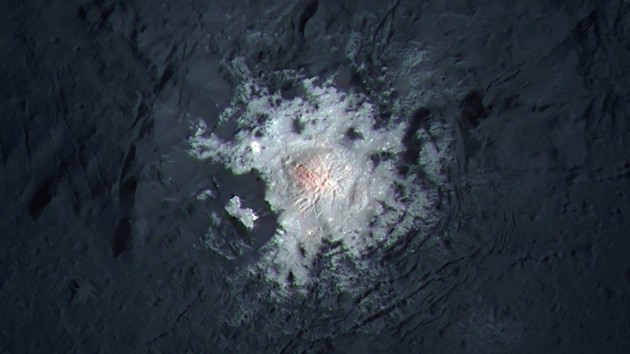 Dawn XM2 at Occator crater
Dawn XM2 at Occator crater
Close to the end of its mission, the Dawn spacecraft performed high resolution observations of Occator crater at Ceres in order to study its bright points (faculae) at unprecedented detail. These observations establish Ceres as an ocean world.
Image: NASA/JPL-Caltech/UCLA/MPS/DLR/IDA/PSI/LPI -
Special |
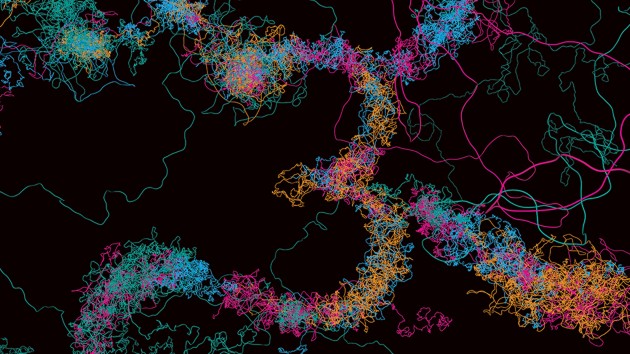 ENCODE 3
ENCODE 3
How cells, tissues and organisms interpret the information encoded in the genome has vital implications for our understanding of development, health and disease. Launched in 2003, the ENCyclopedia of DNA Elements (ENCODE) project aims to map the functional elements in the human genome (later expanded to include model organisms).
Image: StoryTK -
Collection |
 Frontiers in Quantum Materials
Frontiers in Quantum Materials
Explore recent research highlights at the frontier of quantum materials from npj Quantum Materials and Nature Communications.
-
Collection |
 Stem cells from development to the clinic
Stem cells from development to the clinic
New technologies to study stem cells have increased our knowledge about their physiological roles and contributions to development, ageing, regeneration and disease. This collection showcases research articles, reviews and protocols from across the Nature journals to highlight the striking advances made in basic and translational stem cell research.
Image: Benedetta Artegiani and Delilah Hendriks, Hubrecht Institute, Utrecht, The Netherlands. -
Special |
 gnomAD
gnomAD
The human genome comprises both our protein-coding genes and the regulatory information that controls when, and to what extent, those genes are expressed.
Image: SciStories -
Collection |
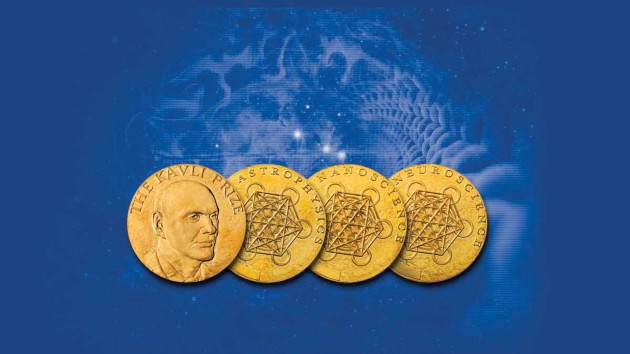 The Kavli Prize 2020
The Kavli Prize 2020
The Kavli Prize is awarded by a partnership between the Norwegian Academy of Sciences, the Norwegian Ministry of Education and Research and the Kavli Foundation.
-
Collection |
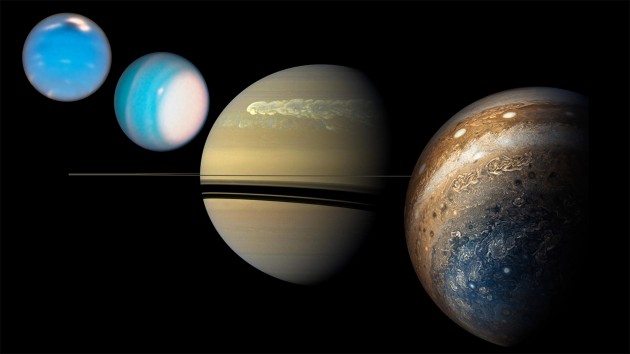 Planetary Interiors
Planetary Interiors
Recent years have been an exciting time to unravel the mysteries of planetary interiors. A number of ongoing international space missions, ever evolving new technologies and numerical methods, and re-analysis of existing data are allowing us to gain new insights on the internal structures of planetary bodies.
Image: From closest to furthest (or right to left) respectively: Jupiter (Juno perijove 6, Credit:NASA/SwRI/MSSS/Gerald Eichstädt/Seán Doran); Saturn during the great storm of 2010–2011 (Cassini, Credit: NASA/JPL-Caltech/Space Science Institute); Uranus and Neptune (Hubble, Credits: NASA/ESA/A. Simon (NASA Goddard Space Flight Center), and M.H. Wong and A. Hsu (University of California, Berkeley)). -
Collection |
 Top 50 Chemistry and Materials Sciences Articles
Top 50 Chemistry and Materials Sciences Articles
Browse the 50 most read chemistry and materials sciences articles published in Nature Communications in 2019.
Image: BlackJack3D/Getty -
Collection |
 Top 50 Earth and Planetary Sciences Articles
Top 50 Earth and Planetary Sciences Articles
Browse the most read Nature Communications articles published in Earth and planetary sciences in 2019.
Image: Colin Anderson Productions pty ltd/Getty -
Collection |
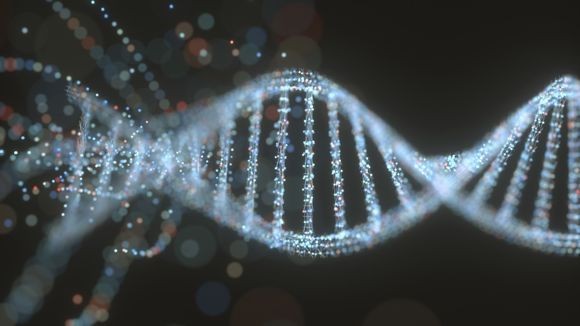 Top 50 Life and Biological Sciences Articles
Top 50 Life and Biological Sciences Articles
Browse the 50 most read Nature Communications articles in life and biological sciences published in 2019.
Image: KTSDESIGN/SCIENCE PHOTO LIBRARY/Getty

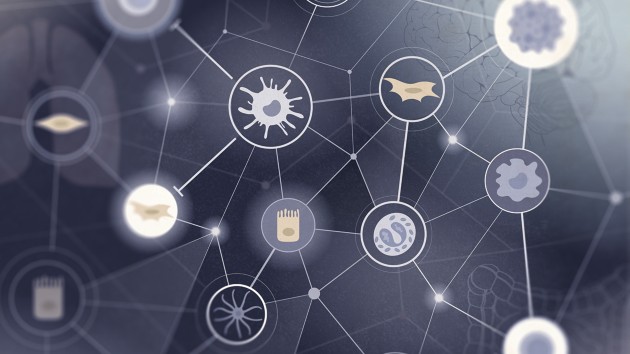 Stromal–immune cell interactions
Stromal–immune cell interactions